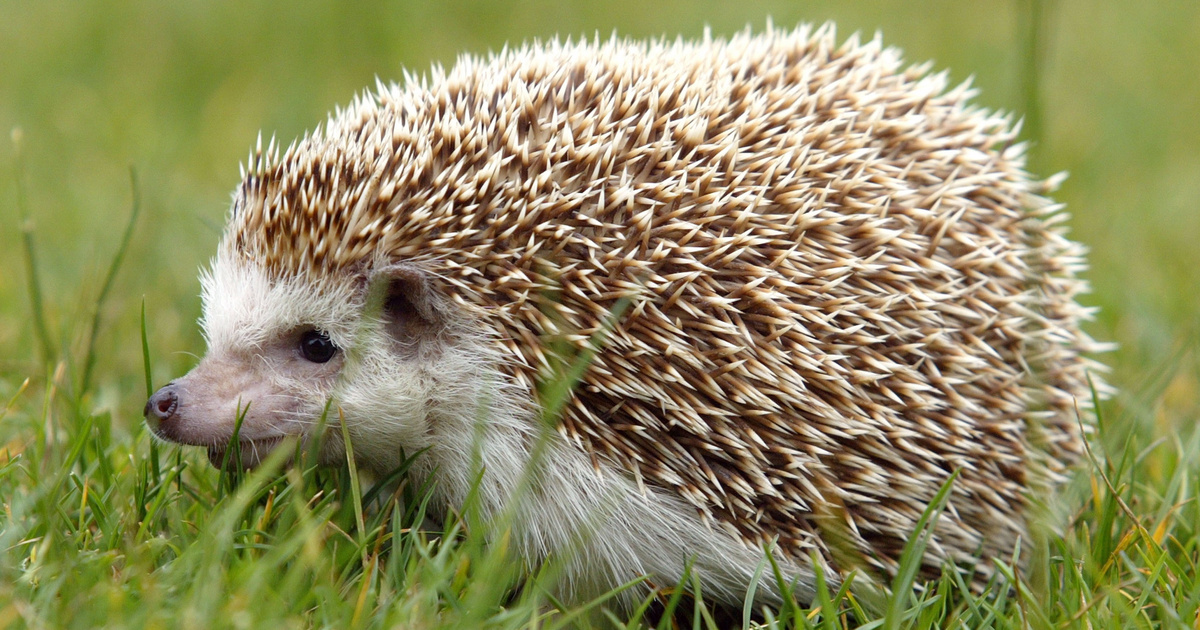Just as humans live in tune with the rhythm of day and night, animals and plants depend on the biological clock. It tells them when to sleep, reproduce, retreat for winter, produce pollen, or migrate south. Only with this in mind can they find optimal conditions for survival.
Hedgehog quartz watch?
The behavior of most living organisms depends on several rhythmic phenomena at the same time. Animals and plants are also called “Zeitgebert” User, which literally means temporary. In the case of living organisms, it is the external signal that can determine or modify the internal order of the organisms.
The term zeitgeber was introduced by one of the most prominent chronological biologists, Jürgen Aschoff, and includes environmental elements that show the time of day or season, so primarily the effects of light, but also include sound and temperature.
In Central Europe, the seasons are distinguished by a specific length of day and night. On the other hand, in the tropics, day and night last about the same amount of time, so plants can grow throughout the year and the reproductive cycle of animals is less stringent than in our country.
In marine areas, tides set the rhythm of the day. In contrast to the 24-hour cycle of terrestrial animals, crustaceans wake up twice a day when swallowed by tides. Ambient temperature is another important guide for animals. This refers, for example, to the hedgehog when it retreats to winter or to the butterfly when it hatches.
Are you locked birds?
If the biological clock operates according to a certain zeitgeber, then this is true perceptible rhythm Determines the life of an organism. A good example is the late-night fatigue and jet lag, when we land in a place where day and night alternate. In this case, our organization needs several days to reprogram itself, to set up a new zeitgeber. The same thing happens in nature. Flowers that open every morning and close in the dark will stay open if placed under artificial light.
But this game does not last forever: without feedback from the environment, the predictability of the internal clock weakens. Like mechanical clocks, biological clocks must be adjusted regularly.
Most living things don’tFrom only one zeitgeber They have several biological clocks in them. Each “clock” controls a part of his life. For example, waders migrate south at the end of summer, fly at other times, and rely on the tide to find food.
sunny bee dance
The bees adapt their dance perfectly to the setting of the sun and indicate to their mates where the nectar is located with intricate acrobatic dance moves.
When the sun moves from east to west, bees need to know the exact time at any time of the day. Their internal clock helps them do this very practically.
So nature depends on many ideas. Most are quite rigid, such as the length of days and tides.
However, the temperature is much less reliable than a zeitgeber – just think of the increasingly common standard temperatures.
The caterpillar looks great
The big nipple watches closely all day long to see when she lays her eggs, as she is adapted to the butterfly worms hatching. This is his favorite food. But these larvae do not take into account the length of the day and night and mostly depend on the temperature. Because of this, the larvae may reach their maximum number too soon, and the large nipple will suddenly find less food. In addition, the caterpillar may be surprised if it does not see enough leaves around it to hatch due to premature hatching.
So the animals and plants know the exact time. Perhaps the best of us, though, don’t look at a calendar, they don’t turn a clock on their wrists, let alone a pedometer. Their entire existence perfectly adapts with time. A little confusion about their psyche has dire consequences for their chances of survival. And unfortunately, we’re just confusing them enough.
(Cover Image: Justin Sullivan/Getty Images)












































